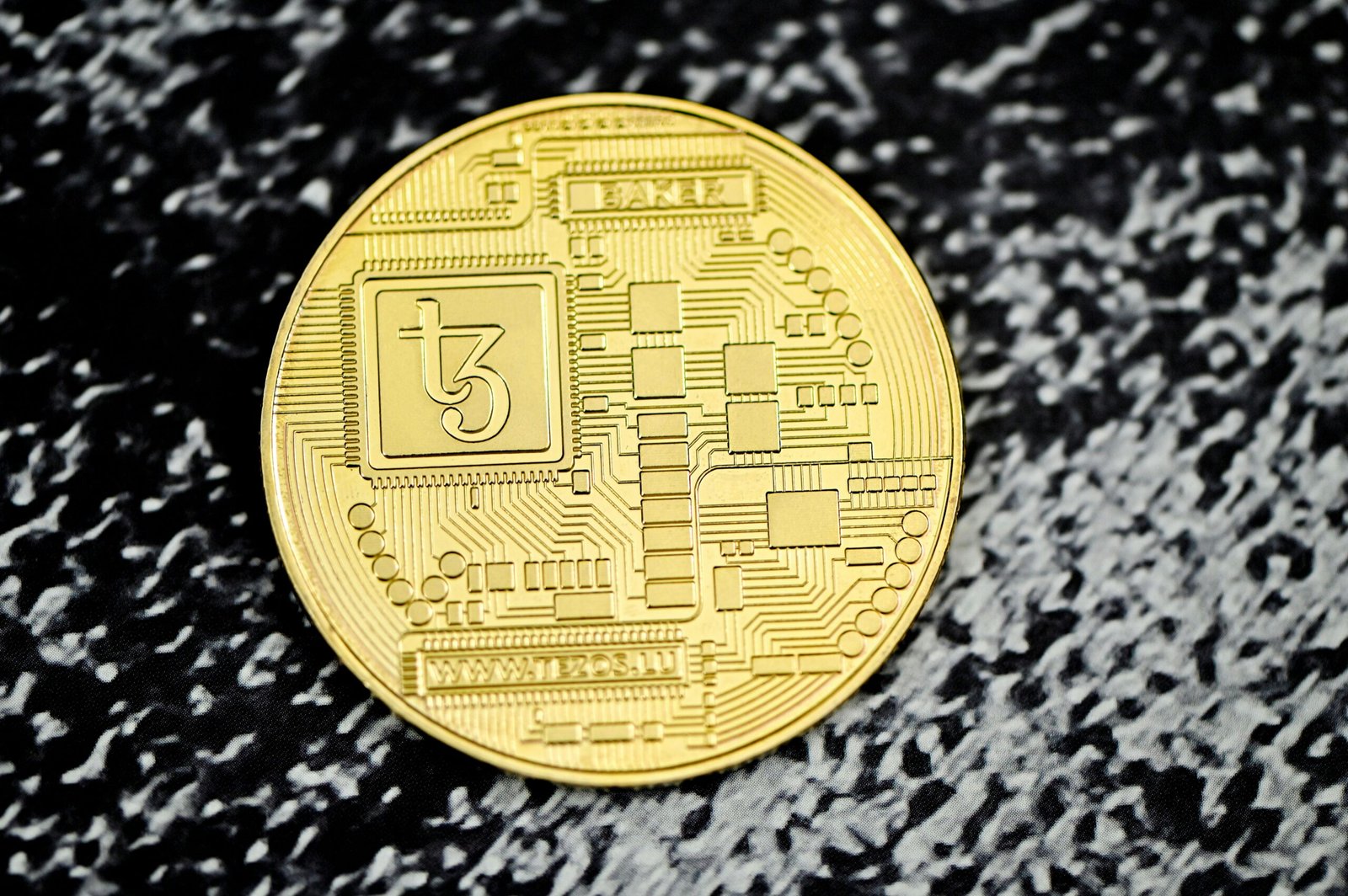Introduction to the Sale of Seized Bitcoin
The U.S. Department of Justice (DOJ) has received the green light to proceed with the sale of 69,000 Bitcoin (BTC) that were confiscated from the infamous Silk Road marketplace. This significant move equates to approximately $6.5 billion in value, making it one of the most substantial crypto asset liquidations in recent history.
Context Behind the Seizure
The Bitcoin in question was seized as part of a law enforcement operation targeting Silk Road, a dark web marketplace notorious for illegal activities. The decision to sell this vast quantity of cryptocurrency comes at a pivotal moment, just two weeks prior to the inauguration of the incoming Trump administration. Notably, the new administration had previously declared intentions not to liquidate the seized assets, raising questions about future strategic choices regarding cryptocurrency management.
Implications of the Sale
The imminent sale of these seized Bitcoins poses several implications for the cryptocurrency market and regulatory landscape. With such a large amount of BTC entering circulation, analysts are keen to observe how this could impact Bitcoin prices and investor sentiment. Moreover, this action may set a precedent for how government agencies handle seized digital assets moving forward.
In conclusion, while the DOJ’s decision to sell the seized Bitcoin aligns with lawful asset recovery efforts, its implementation unfolds against a backdrop of shifting political priorities and market volatility, inviting widespread scrutiny and speculation.



